6 Fastest Land Animals (including their top speeds!)
6 Fastest Land Animals (including their top speeds!)
The animal kingdom has a number of impressive sprinters – we all know that. But what are the best of the best? How fast they can go, and why did they evolve such speed? Read on and be amazed – while some contenders are already world-famous runners, others may surprise you.
When you are an animal in some of the Earth’s lively ecosystems, your reality is this: you are a part of the food network.
That usually means that you either need to eat another member of the network or avoid being eaten.
Speed is one of the talents that animals use to complete a successful hunt – or manage to run away from the predator’s jaws.
Humans were also once a part of this network. However, the upright posture isn’t the best possible design to achieve great speed (although we make good long-distance runners).
That is why we’ve had to evolve other, elaborate strategies for survival – but also the likely reason behind our fascination with nature’s great sprinters. Many of them have become important symbols across human cultures.
What are the animal kingdom’s fastest runners (& what are their top speeds?)
Read on and be amazed!
European or Brown Hare (Lepus europaeus)
Top speed: 70 kilometers (~45 miles) per hour
If you’ve ever seen a brown hare in its wild habitat, chances are it has swiftly disappeared out of your sight. This sensitive mammal’s speed is an adaptation to the fact it is preyed upon by many swift predators – including birds of prey and foxes.
Additionally, the hare cannot build deep or elaborate dens to shelter it from the predator attacks – but instead lays low in simple shallow depressions in the ground. That is why it has to rely on its keen senses and the strength of its long legs to survive. At the height of the chase, the hare can be as fast as a car – attaining speed of 70 km/h (45 mph).
Considering that a widespread predator like a red fox can run up to 50 kilometers (30 miles) per hour, it is easy to see why the brown hare needs to make a run for its life – and does so daily.
Lion (Panthera leo)
Top speed: 81 kilometers (50 miles) per hour
As the case of our last contender implied, prey animals have an evolutionary push to be able to run fast because equally swift predators hunt them.
Here is one powerful predator that can develop an overpowering speed.
The lion shares anatomic adaptations for running with other cats – such as the elongated spine that increases their stride. It is both muscular and agile, so it is no wonder that it can develop an impressive speed of 81 km/h (50 mph) during a hunting chase.
However, lions can retain the speed only for a short while – in that decisive moment when they have completely closed in on their prey. The impressive lion’s sprint can happen only in short bursts because their heart is relatively small compared to their body size (0.57 percent of body weight in female lions and about 0.45 percent in males).
Still, lions can make this up by being pack animals – the fact that members of the pride (usually the lionesses) hunt together increases their success tremendously.
Springbok antelope (Antidorcas marsupialis)
Top speed: 88 kilometers (55 miles) per hour
The springbok antelope’s main stalker is the number 1 sprinter on this list. It is no wonder that this South African herbivore had to pursue a speed-oriented evolutionary path to stand any chance of survival.
The greatest clocked springbok speed is 88 km/h (55 mph), making it one of the fastest antelopes in the world.
Besides the sheer speed, springbok antelopes are famous for their long leaps and sharp turns while springing – a strategy of movement that is quite useful when you want to avoid being hunted down by a skillful predator (scroll down to see which one!).
Interesting fact: In its natural range of southwest Africa, Springbok is the most common antelope in the plains. It also used to be a migratory species; however, the vast South African plains were largely turned into ranches and farms, subdividing the ecosystem and preventing the migrating species from expressing their natural behavior.
Goitered gazelle (Gazella subgutturosa)
Top speed: 97 kilometers (60 miles) per hour
The goitered gazelle inhabits dry grasslands, deserts, sub-deserts, and limestone plateaus of Central Asia and the Middle East – from Mongolia and China to the Arabian Peninsula. In the Guinness Book of World Records, it still holds the title of the fastest true antelope, with the record speed being 97 km/h (60 mph).
Although the goitered gazelle can run really fast, it doesn’t leap like other gazelles. Instead, they stretch their necks and put up their tails.
Interested fact: the goitered gazelle used to be a very common species – which caused it to be hunted in abundance for millennia. Overhunting and poaching, in combination with habitat destruction and conversion of grasslands for agriculture and urbanization, has put the goitered gazelle under the Vulnerable category in the IUCN Red List of Threatened species. Today, you can find it only in well-protected and remote areas
Pronghorn Antelope (Antilocapra americana)
Top speed: 98 kilometers (60 miles) per hour
The fastest land animal in the U.S. and the second-fastest land animal in the world, the North American Pronghorn antelope can develop speeds of up to 60mph (98kph). What is more, its endurance is impressive – it can effectively run out any living North American predator, even long-distance.
Why did the Pronghorn evolve to become so speedy when there is no match for it in the North American predator world?
The answer is interesting and nested well into the past.
It is believed that thousands of years ago, the Pronghorn was targeted by the now-extinct North American “cheetah.” This large and speedy cat roamed the continent during the Pleistocene (aka, the Ice age) before the extinction of megafauna.
What that also means is that Pronghorn antelope is actually an ice-age relic!
Cheetah (Acinonyx jubatus)
Top speed: 114 kilometers (71 miles) per hour
Average speed: 80-100 km/h
The officially fastest land animal on record is the cheetah – a symbol of speed.
Cheetahs are specialized in hunting gazelles and other lightweight – and lightning-fast herbivores of the African savannah.
You’ve already had a chance to read about the Springbok antelope, one of the cheetah’s favorite prey items. This is a very good example of predator-prey co-evolution – the fastest individuals of both species are the ones that get to survive and reproduce, increasing the overall speed of the species over generations.
All cats – big and small – are very well adapted for short-distance sprints – their hunting style consists of ambushing and sneaking up on the unsuspecting prey – and then bursting into action.
However, the famous cheetah takes running adaptations to another level.
Because of their hunting style, all cats, big and small, are adapted for short bursts of running. Still, the cheetah is the most well-adapted runner of all cats:
- While all cats have an elongated spine, the cheetah’s back is even longer in proportion to its body, which increases its stride length.
- The cheetah has long legs, which also boosts its trademark stride.
- An elongated tail gives the cheetahs much-needed balance during the chase.
- Unlike other cats, the cheetah’s claws are unretractable, which gives them additional traction and greater stability at high speeds. For the same reason, their paw pads are modified for additional traction.
- The cheetah has enlarged internal organs, including the heart, lungs, liver, nasal and bronchial passages, and adrenal glands. All these internal adaptations allow for extremely intense physical and physiological activity.
That is why during the height of the chase, a cheetah can take 60 to 150 breaths per minute.
However, even the cheetah’s sprint has its limitations.
Due to this activity being so extreme, it can only be done short-distance – 200-300 meters at most. The main reason is overheating. Since they can cool down by sweating only through their paw pads and panting – providing only a limited output for all the internal heat created during the sprint that can outrun many cars.
However, it is not only the top speed figure that is impressive – the cheetah also has an incredible acceleration rate, going from 0 to 60 mph in just three seconds.
Interesting fact: Despite being a symbol of fitness and physical power, the cheetah as a species suffers from low fertility and frail health.
Because the species came to the brink of extinction several times, the resulting narrow gene pool and inbreeding allowed for many genetic issues to amplify through generations (sort of like with purebred dogs). Thus, despite many conservation and captive breeding initiatives, the cheetah has been listed as Vulnerable by the IUCN.
Unfortunately, those black, tears-shaped markings on this big cat’s face could be pretty symbolic from the point of the species’ fate.
A Quick Conclusion
Running for your life is a phrase that applies throughout the animal world. As mentioned before, the predator-prey relationship is the main driver behind the evolution of the impressive top speeds of animals on our list.
Outrunning your enemy can mean a difference between life and death for the prey, but also for the predator. Any injury or illness that slows down the fierce hunter – even a minor one – can cost it its life or take the lives of its hungry offspring.
For comparison, the human’s running speed ranges from 10 to 27 kilometers (6.5 to 17 miles) per hour. Usain Bolt reached the top measured speed in human history – 43.99 kilometers per hour (27.33 miles per hour) – but even he wouldn’t be able to outrun a hungry lion.
Doesn’t that make you feel humbled?

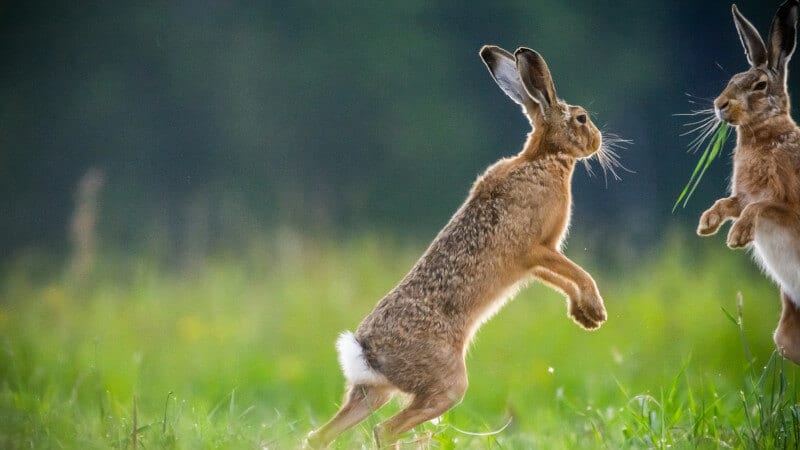
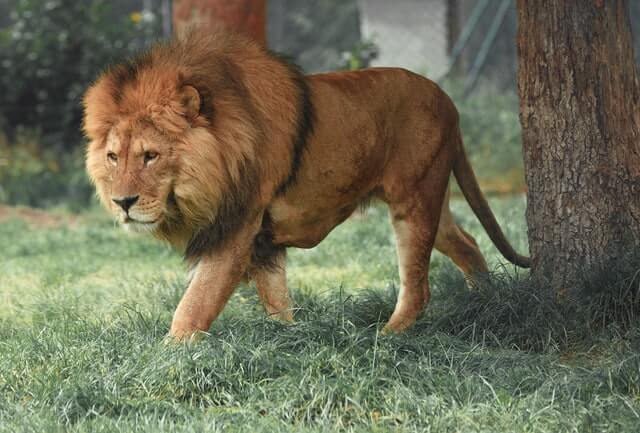
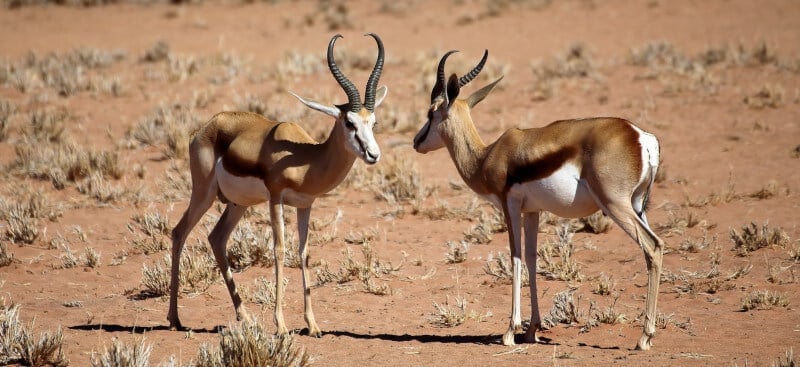
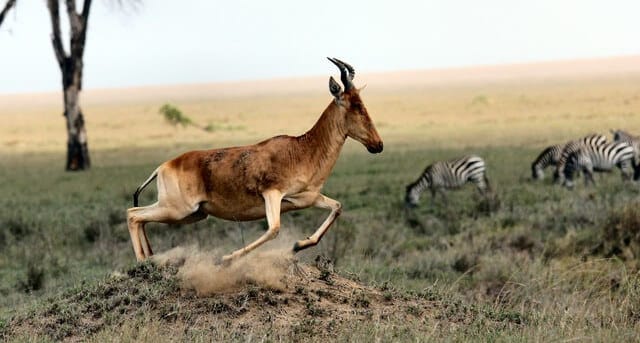
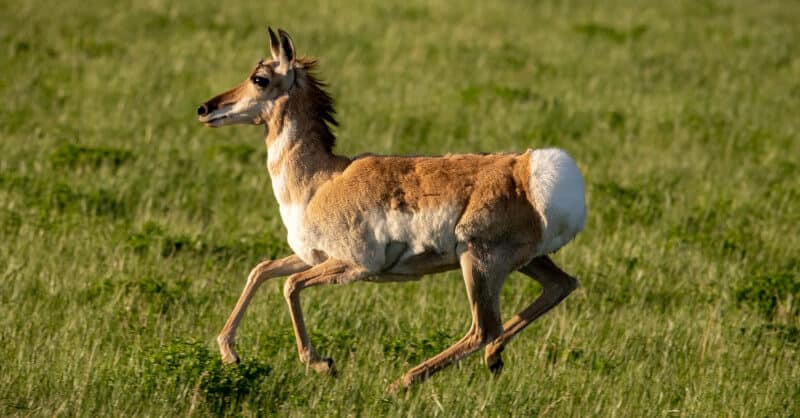
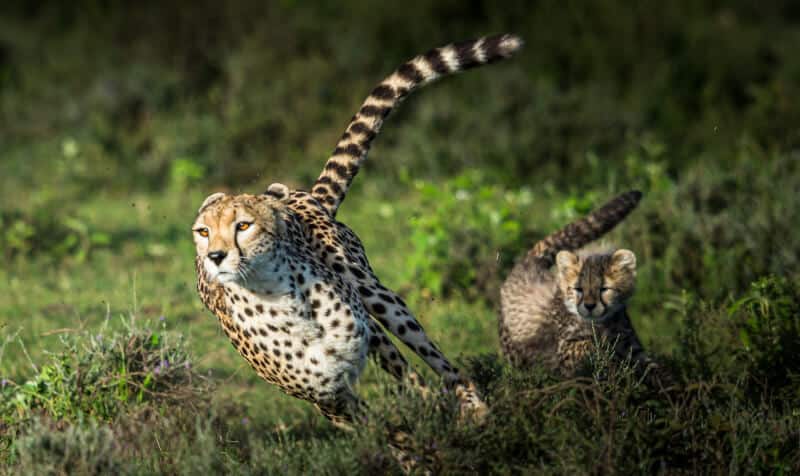


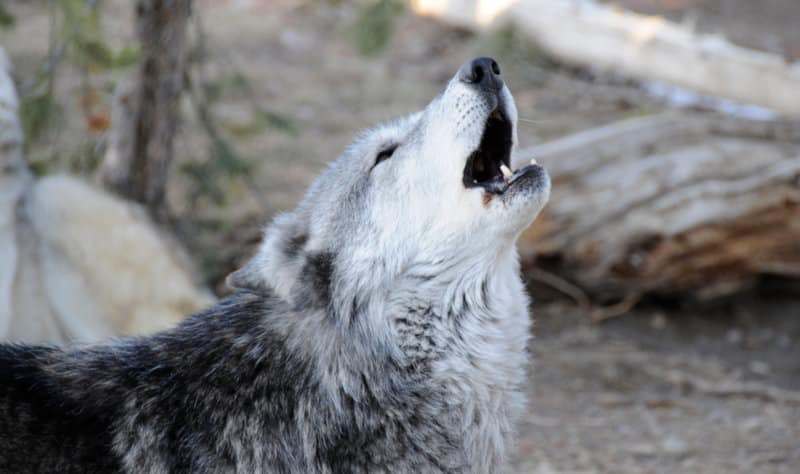
It should be made abundantly clear that the cheetah (Acinonyx jubatus) is unquestionably quick. It is also true that it is the animal that can run the fastest on land.
Kind regards,
Dr. Howard Katz